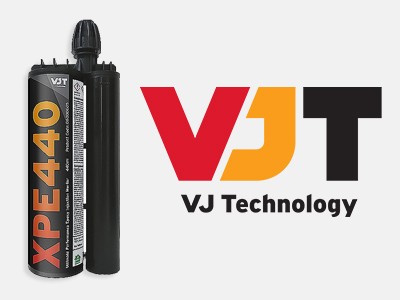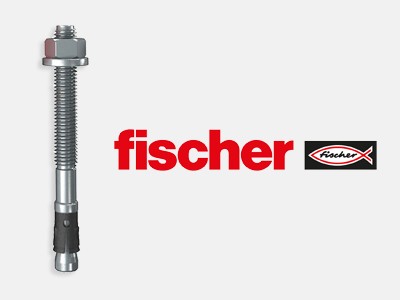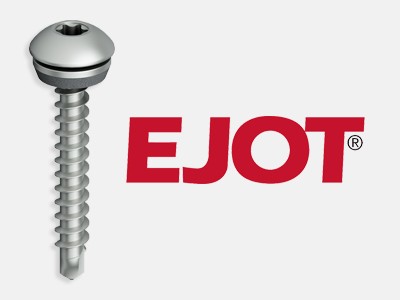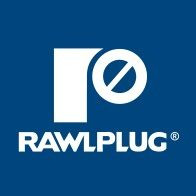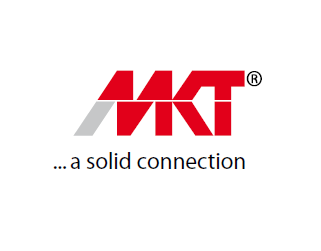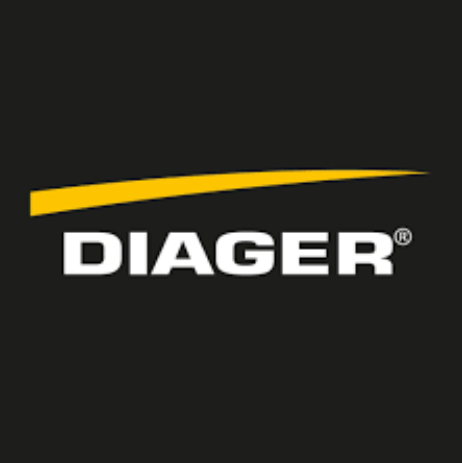The Ins & Outs of Hearing Protection
05 April 2018
According to HSE, roughly 17,000 people in the UK suffer from deafness, tinnitus or other ear conditions caused by excessive noise in the workplace.

As well as protecting your employees from a potentially life changing and irreversible condition, making hearing protection a priority can save your business money by avoiding lost working days and possible legal cost from hearing loss damages claims. You’ll also provide your employees with the necessary tools for optimal output, as excessive noise can create a stressful working environment and significantly reduce productivity.
Understanding the Law
As an employer, the law expects you to assess the risk of noise exposure and enforce measures to protect hearing. The Control of Noise at Work Regulations 2005, also require specific action to be taken at certain thresholds:
– Lower exposure limit: 80 dB
You are required to provide employees with appropriate training and hearing protection should they ask for it.
– Upper exposure limit: 85 dB
You must provide suitable ear protection and ensure it is used correctly. A broad risk assessment should be carried out to measure sound levels on site, identify who is at risk and decide what action should be taken.
Types of ear defenders
Ear Plugs
Inserted into the ear to block the ear canal, ear plugs usually offer a better level of protection than ear muffs. One-use foam plugs are low pressure and excellent value and you won’t have to worry about keeping an eye on equipment becoming damaged through overuse. Pre-molded, reusable ear plugs are also available in corded or head band variations.
Ear muffs
These come in a variety of styles and contain sound-attenuating material and soft ear cushions that fit around the ear with a hard outer shell. They are easy to fit, but can offer less protection when used with other forms of PPE (Safety Glasses, Hard Hat etc) due to being attached via a headband and the need to cover the entire ear in order to offer optimum protection.
Single number Rating
A Single Number Rating (SNR) system is used to measure the noise protection offered by ear defenders. The higher the SNR, the higher the level of protection provided.
To determine acoustic pressure on your ears, you subtract the SNR value from the average noise level measured. A good number to achieve is below the legal limit of 85 decibels (db), however, levels should not be reduced below 70db due to the risk of causing a hearing impairment that can create a new safety risk.
Best practices to follow:
- Use appropriate signs to remind employees that hearing protection is necessary
- Ensure staff are trained in proper use of hearing protection and encourage feedback – listen to employees concerns and address them appropriately
- Check equipment on a regular basis to ensure hearing protection is in working condition. Damaged ear defenders may have a reduced protection level and should be replaced immediately
- Provide employees with a range of effective hearing protection so they can choose the PPE that suits them. Employees may find different types more comfortable or practical depending on personal preference, weather conditions, tasks at work and if other PPE is being worn

